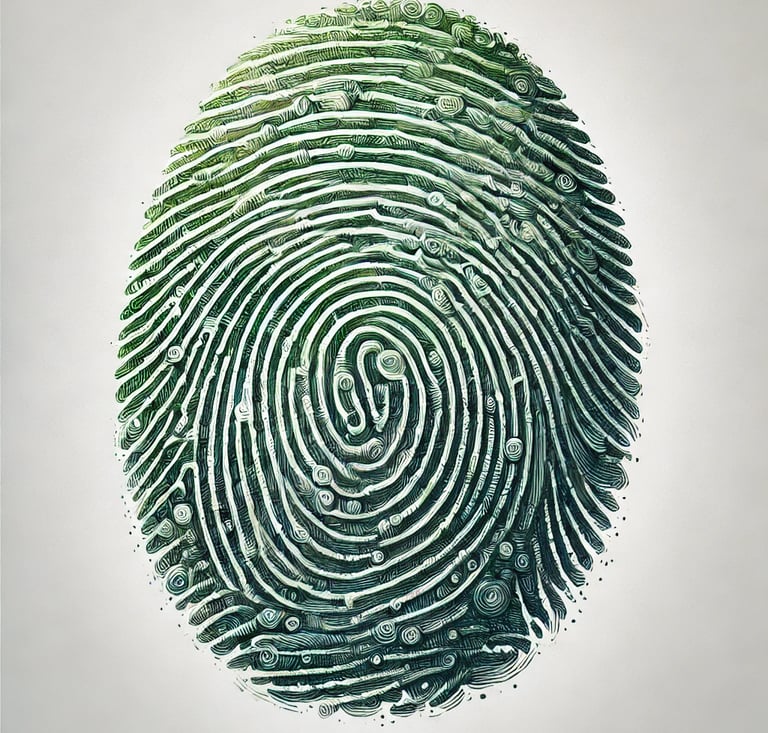

Fingerprints are found exclusively on the outermost layer of the skin, making them susceptible to alteration, though such changes are typically temporary. Repeated abrasion, such as that experienced by veteran bricklayers, can wear down the ridges, sometimes leading to the loss of fingerprints. Similarly, exposure to acids or bases, like agricultural lime, can temporarily “erase” fingerprints until the epidermis regenerates within approximately 30 days.
Changing fingerprints is a topic that has intrigued both scientists and the public for years. While fingerprints are considered unique identifiers for individuals, certain methods can alter their appearance.
For example, skin grafts, burns, or certain diseases can lead to changes in fingerprint patterns. However, these alterations are often unintentional and can result in complications. Additionally, some individuals have attempted to deliberately modify their fingerprints through various means, such as cutting or abrasion.
Nonetheless, such actions are illegal and can have serious legal consequences. It is important to note that while the surface of a fingerprint may change, the underlying genetic makeup that contributed to its formation remains intact. Overall, while it is technically possible to alter fingerprints, doing so intentionally poses significant ethical and legal dilemmas.
